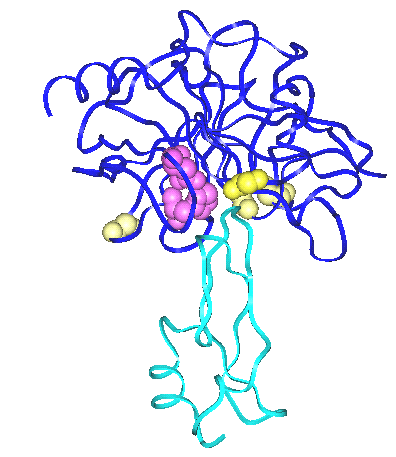
AMALNA Consulting Resonant Recognition Model

drug design
infections
neuro & muscular
bioresonances
electromagnetism
consulting & tutorials
Successful since 2013.
Innovative solutions in biotechnology, drug design, bio-electromagnetism and electromagnetism

Our own, unique Resonant Recognition Model (RRM) [Cosic, IEEE Trans. on Biomedical Engineering, 1994; 41, 1101-1114] is biophysical model based on findings that certain periodicities/frequencies within the distribution of energies of free electrons along the protein are critical for protein biological function and interaction with protein receptors and other targets. The RRM enables these characteristic frequencies, which are electromagnetic in nature, to be identified for each biological function/interaction. In our previous extensive research, we have identified frequencies characterizing large number of biological functions/interactions. Once the characteristic frequency for biological function is identified, it is possible to analyse protein biological function/interaction, predict bioactive mutations and design de novo bioactive peptides with desired biological function, as well as to predict electromagnetic frequency which can interfere with certain protein activity. These predictions can be used for design of treatments for certain diseases, either by design of peptides with desired biological function or by photo therapy and/or optical nanoparticles that resonate at identified electromagnetic frequency.
The RRM concept has been already experimentally proved in number of examples including:
-
design of peptide to prevent resistance in antibiotic resistant bacteria [Mishra A, Cosic I, Loncarevic I, Cosic D,Fletcher HM: Inhibition of β-lactamase function by de novo designed peptide. PLoS ONE, 2023, 18(9), 1-15, doi: 10.1371/journal.pone.0290845.]
-
design of peptide to prevent SARS-CoV-2 entry in host cells [Cosic I et al., International Journal of Sciences, 2022, 11(2), 1-8.]
-
design of anti-cancer peptides [Cosic I et al., Molecular and Cellular Biochemistry, 1994; 130, 1-9.]; [Istivan T et al., PLoS ONE, 2011; 6(9), 1-10.]
-
design of proposed HIV peptidic vaccine [Krsmanovic V et al., J.Peptide Res, 1998; 52(5), 410-412.]
-
design of IL-12 analogue [Pirogova E et al., Current Pharmaceutical Biotechnology, 2011; 12, 1117-1127.]
-
identification of blue light electromagnetic radiation as treatment for Crigler-Najjar syndrome [Cosic I and Cosic D, EPJ Nonlinear Biomedical Physics, 2016; 4(9).]
-
identification of electromagnetic radiation that can activate enzymes [Vojisavljevic V et al., Internat J Radiat Biol, 2007; 83, 221-230.]
-
identification of electromagnetic radiation that can improve stem cell differentiation [Cosic I et al., Appl. Sci. 2019, 9, 1979.]
-
identification of different electromagnetic radiation from different biological tissues [Dotta BT et al., Naturwissenschaften, 2014; 101(2).]; [Murugan NJ et al., Open Journal of Biophysics, 2014; 5, 35.]; [Karbowski LM et al., FEBS Open Bio, 2015; 5 ,245-250.]
-
identification of optical nanoparticles that can influence plants and vegetables growth [Cosic I et al., RG November 2018.]


